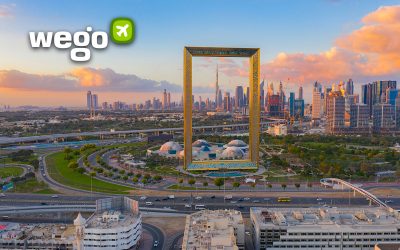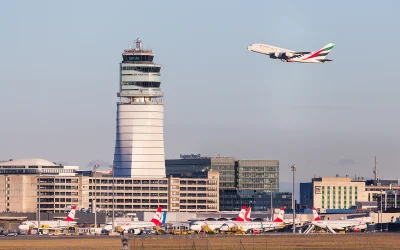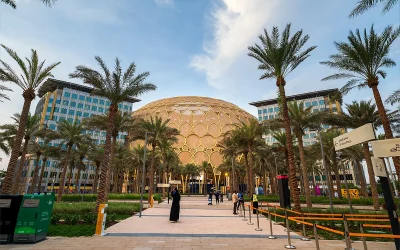Vienna, the capital of Austria, has been home to many artists and intellectuals who have shaped the modern world: Sigmund Freud, Wolfgang Amadeus Mozart, and Ludwig van Beethoven are just a few of them. Not surprisingly, this city is undeniably rich in art, music, and history that is unparalleled anywhere else.

In the week or so that I stayed in Vienna, it quickly rose to become one of my favorite cities in Europe. Admittedly, one of the reasons that led me there was because of the movie Before Sunrise, which chose Vienna as the romantic backdrop for its storyline.
It did not disappoint. Its baroque streets, imperial palaces, and sumptuous foods make it an epicurean’s dream, and I delighted in learning about the fascinating culture and history of the city.

One of the first places I visited was the Schoenbrunn Palace and Gardens, the former summer residence of the Habsburgs rulers. Boasting 1,441 rooms, it stands as one of the most important historical and cultural buildings in Austria. The yellow-colored palace is majestic and beautiful, and its surrounding gardens just as much. Entering the grounds felt like entering a dream, and an hour spent wandering through the mazes, the fountains, and tree-lined paths didn’t feel like much time had passed at all.
Likewise, the Belvedere Palace is another of Vienna’s gems, which at the time was displaying art installations by Chinese artist and activist Ai Wei Wei—a merging of the old with the new.

There are no shortages of world-class museums in Vienna either. The Kunsthistorisches Museum is an art gallery housed in an exquisitely palatial building, and at that time, was holding an ancient Egyptian and Greek exhibition. Expansive rooms hold enchanting pieces of artworks by some of Europe’s finest painters and sculptors.
Because of its sheer size and innumerable artistic treasures, I recommend spending at least 2-3 hours there to fully experience and process what this reputable museum has to offer.

Similar to this is the Albertina, another architecturally beautiful art gallery, which at the time was displaying the works of Monet and Picasso. There, you can see one of the most important art collections in the world, with an option to walk freely around the palace rooms on the top floor.
For those who are fascinated by geography and evolution, the Museum of Natural History would be right up your alley; it is one of the most important natural history museums in the world and houses precious stones, bones, and artifacts.

Although Vienna is filled with gorgeous architecture and bright pastel-colored buildings, there are plenty of sweeping and lush green parks scattered throughout the city. You can see this clearly by riding the Riesenrad, a 64.75-meter tall ferris wheel and a popular attraction sitting at the edge of the Prater amusement park. The slow ride up means you can get a decent bird’s eye view of the city and its enchanting landscape.

As a pescatarian, it can be hard to find foods that are not only delicious but cater to your dietary requirements, and Vienna did this well. The Naschmarkt is a food market with plenty of options to choose from, and there are numerous trendy and modern cafes and restaurants scattered throughout the city.
Exploring them was a breeze; even though Vienna is a large city with something to do and see in every district, I got around very easily—the metro system was fast, comprehensive, and easy to use, and made me wish my own home country’s transport system had this kind of efficiency.

Vienna is certainly a city made for lovers and creators and steeped in undeniable sophistication. Out of all the European cities I have been to, this one seemed to have the most high-quality way of life. Others clearly agree—Vienna was ranked as the most liveable city in the world in 2018.
It seems almost impossible to leave this place without being more cultured and knowledgeable; it is the kind of city that is so masterfully impressive, so naturally cool, so effortlessly elegant, all without having to lift a finger.












